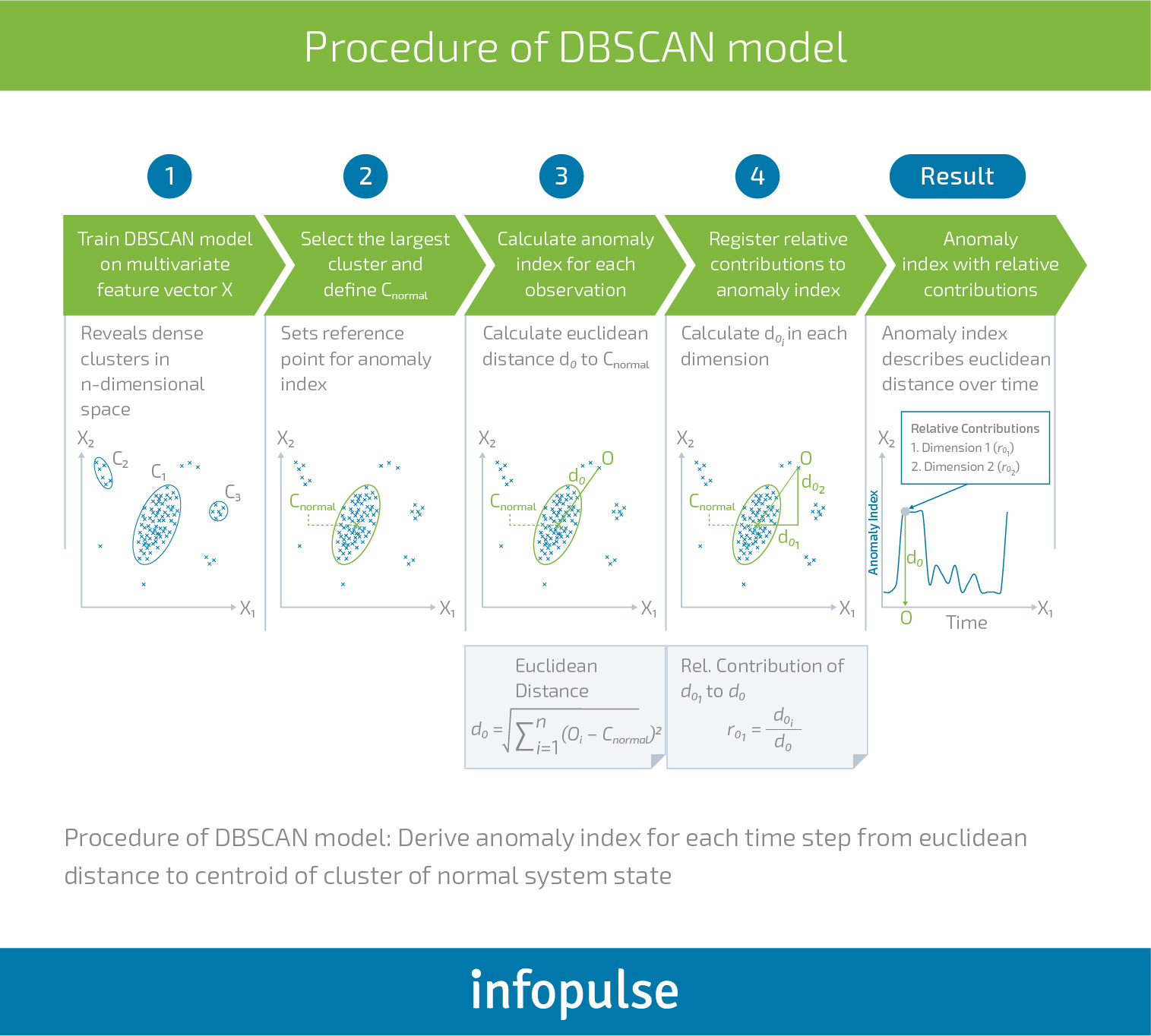
Artificial Intelligence (AI)-Based Anomaly Detection Systems
Anomaly detection is the identification of unusual or unexpected events in data. It is a critical task for many applications, such as fraud detection, intrusion detection, and industrial process monitoring. Traditional anomaly detection techniques are often based on statistical methods or rule-based systems. However, these techniques can be limited in their ability to detect complex anomalies or to adapt to changing data distributions.
AI-based anomaly detection systems offer a number of potential advantages over traditional approaches. First, AI models can learn the underlying patterns in data, which can help them to detect anomalies that are not well-represented by statistical methods or rules. Second, AI models can be more flexible and adaptive than traditional approaches, which can help them to detect anomalies in data that is changing over time. Third, AI models can be used to generate explanations for their predictions, which can help to improve the interpretability of anomaly detection systems.

Applications of AI-Based Anomaly Detection Systems
AI-based anomaly detection systems have a wide range of applications, including:
- Fraud detection: AI models can be used to identify fraudulent transactions by looking for patterns that are inconsistent with normal behavior.
- Intrusion detection: AI models can be used to identify unauthorized access to computer systems by looking for anomalous activity patterns.
- Industrial process monitoring: AI models can be used to identify potential problems in industrial processes by looking for deviations from normal operating conditions.
- Healthcare: AI models can be used to identify patients who are at risk of developing certain diseases by looking for anomalous patterns in their medical data.
- Transportation: AI models can be used to identify potential safety hazards by looking for anomalous patterns in traffic data.

Challenges in Developing AI-Based Anomaly Detection Systems
There are a number of challenges in developing AI-based anomaly detection systems. These challenges include:
- Data availability: Anomaly detection models require a large amount of labeled data to learn the underlying patterns in data. However, labeled data can be difficult to obtain, especially for rare or novel anomalies.
- Data quality: The quality of the training data can have a significant impact on the performance of anomaly detection models. Data that is noisy, incomplete, or biased can lead to models that are inaccurate or unreliable.
- Model complexity: AI models can be complex and difficult to understand. This can make it difficult to interpret the predictions of anomaly detection models and to ensure that they are fair and ethical.
- Deployment: Anomaly detection models can be deployed in a variety of settings, each of which has its own unique challenges. For example, anomaly detection models that are deployed in production environments need to be able to handle large volumes of data and to operate in real time.

Research Directions in AI-Based Anomaly Detection Systems
There is a growing body of research in the area of AI-based anomaly detection systems. This research is exploring a variety of new techniques for improving the performance, robustness, and interpretability of anomaly detection models. Some of the key research directions include:
- Novel deep learning architectures: Deep learning models have shown promising results for anomaly detection. However, there is still a need to develop new deep learning architectures that are better suited for this task.
- Unsupervised anomaly detection: Many anomaly detection systems require labeled data to train the models. However, labeled data can be difficult to obtain, especially for rare or novel anomalies. Unsupervised anomaly detection techniques aim to learn the underlying patterns in data without the need for labeled data.
- Domain adaptation: Anomaly detection models are often developed for specific domains. However, there is a need to develop models that can be adapted to new domains without the need for retraining. Domain adaptation techniques aim to improve the performance of anomaly detection models on new domains by transferring knowledge from the training domain.
- Explainable anomaly detection: Anomaly detection models can be difficult to understand. This can make it difficult to interpret the predictions of anomaly detection models and to ensure that they are fair and ethical. Explainable anomaly detection techniques aim to provide explanations for the predictions of anomaly detection models, making them more transparent and accountable.

Conclusion
AI-based anomaly detection systems offer a number of potential advantages over traditional approaches. However, there are also a number of challenges in developing and deploying these systems. There is a growing body of research in this area, and new techniques are being developed to address the challenges. As these techniques continue to improve, AI-based anomaly detection systems will become increasingly powerful and effective.

References

- Anomaly Detection for Cybersecurity: A Survey
- Deep Learning for Anomaly Detection: A Survey
- [Unsupervised Anomaly Detection: A Survey](https://arxiv.org/
Post a Comment